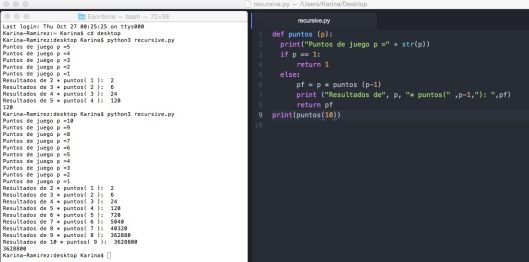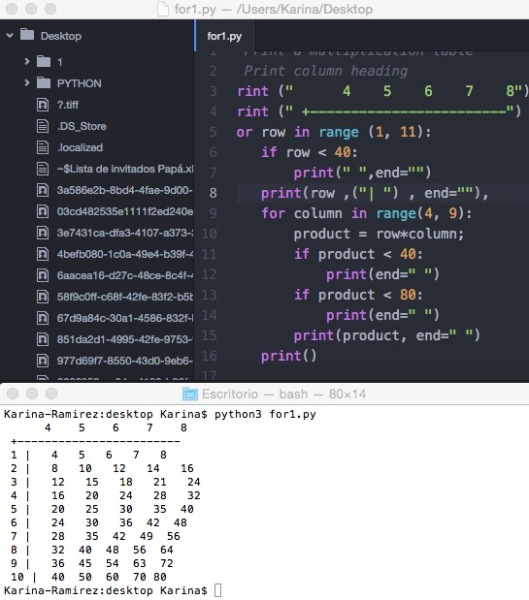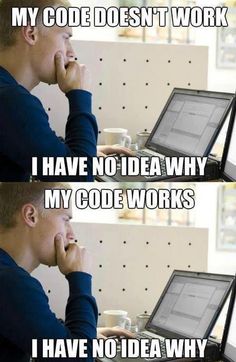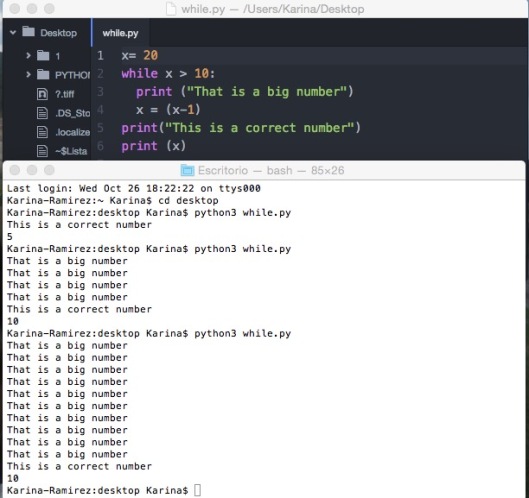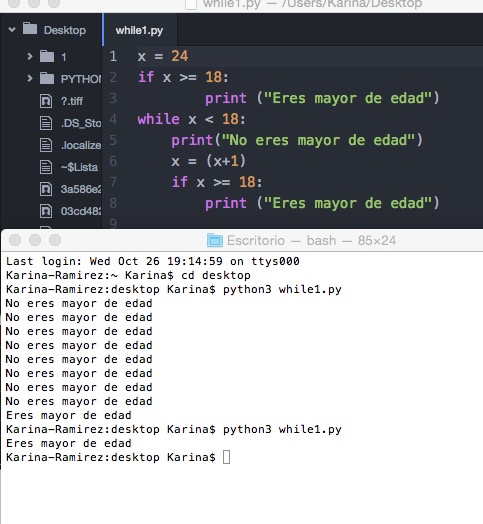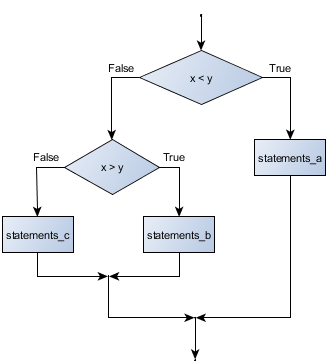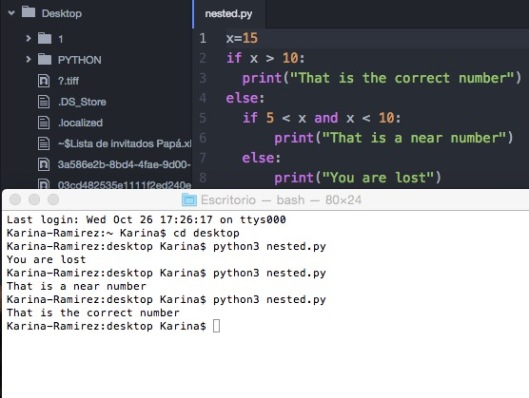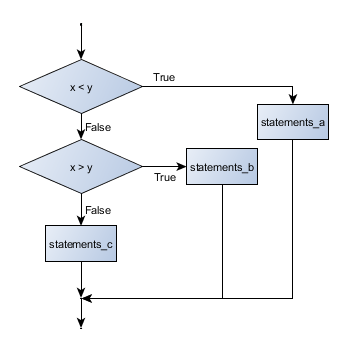--Originally published at Start in the world of the #TC101
Recursion is a way of programming or coding a problem, in which a function calls itself one or more times in its body. Usually, it is returning the return value of this function call. If a function definition fulfils the condition of recursion, we call this function a recursive function.
Termination condition:
A recursive function has to terminate to be used in a program. A recursive function terminates, if with every recursive call the solution of the problem is downsized and moves towards a base case. A base case is a case, where the problem can be solved without further recursion. A recursion can lead to an infinite loop, if the base case is not met in the calls.
Example:
Source: http://www.python-course.eu/recursive_functions.php

